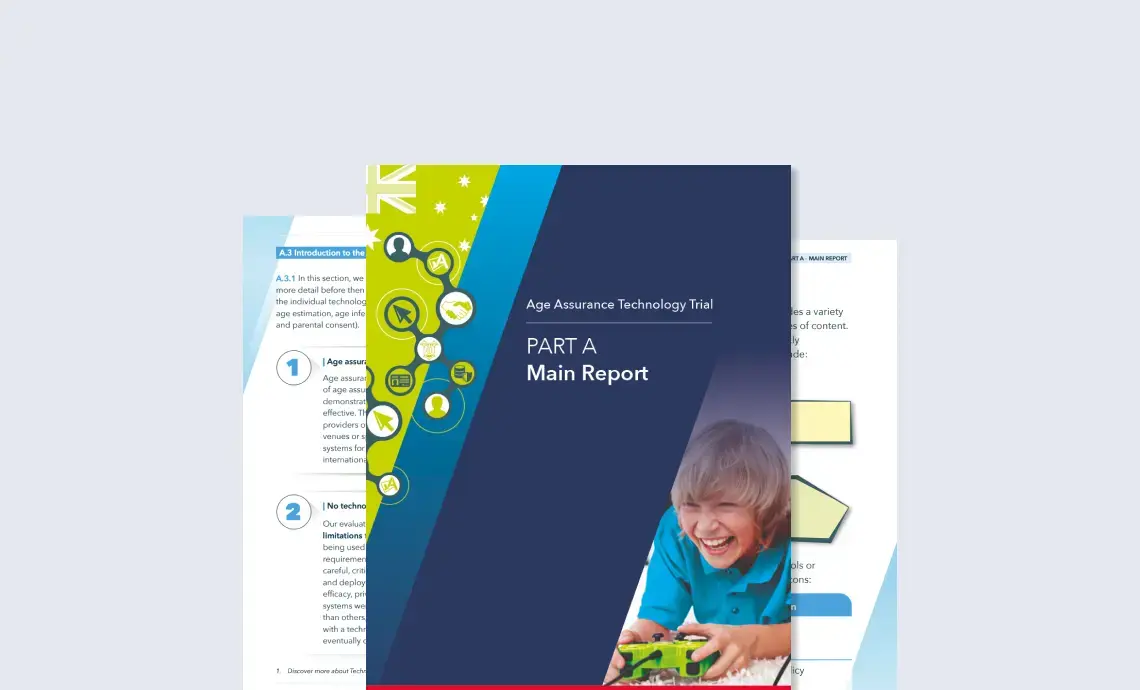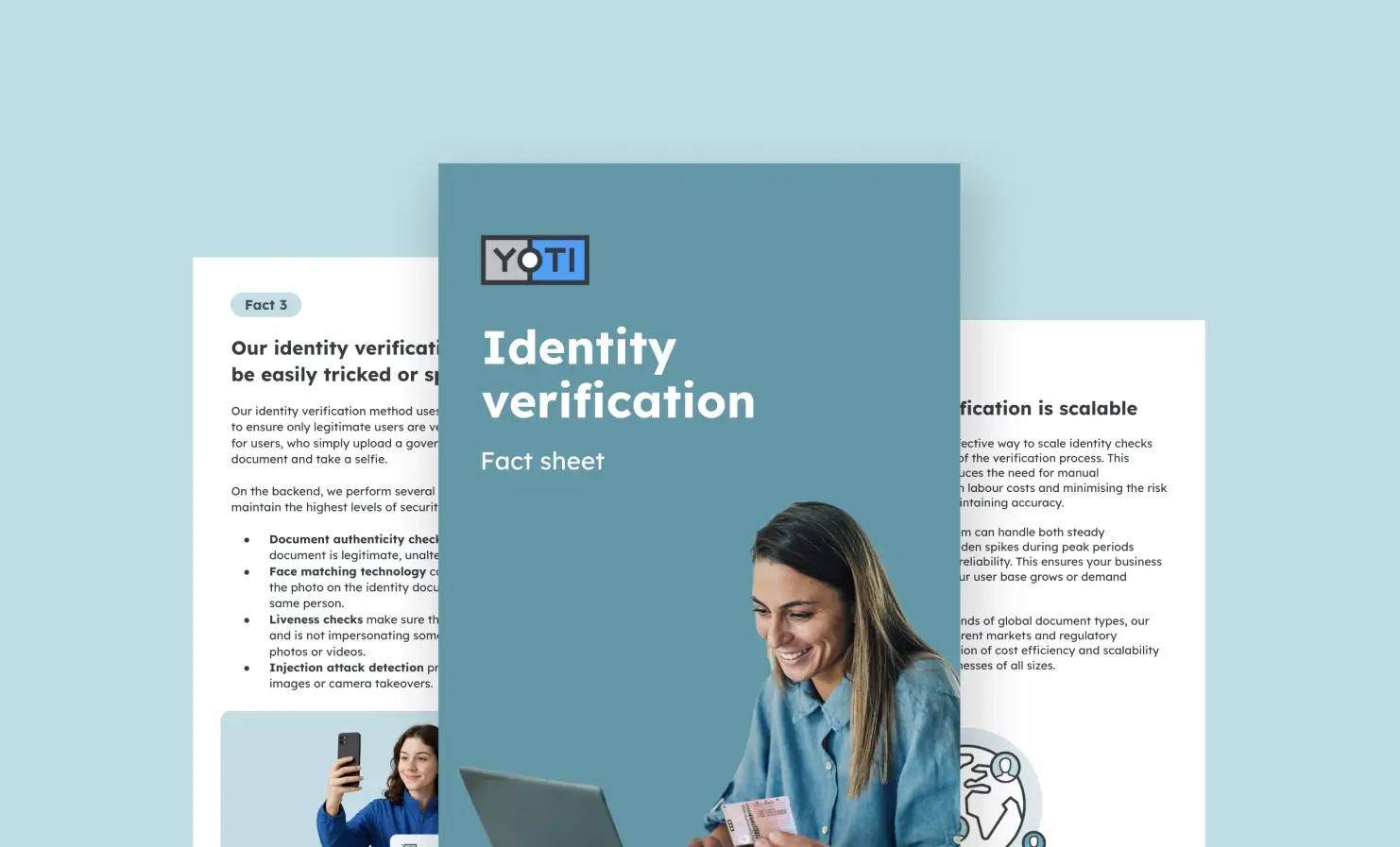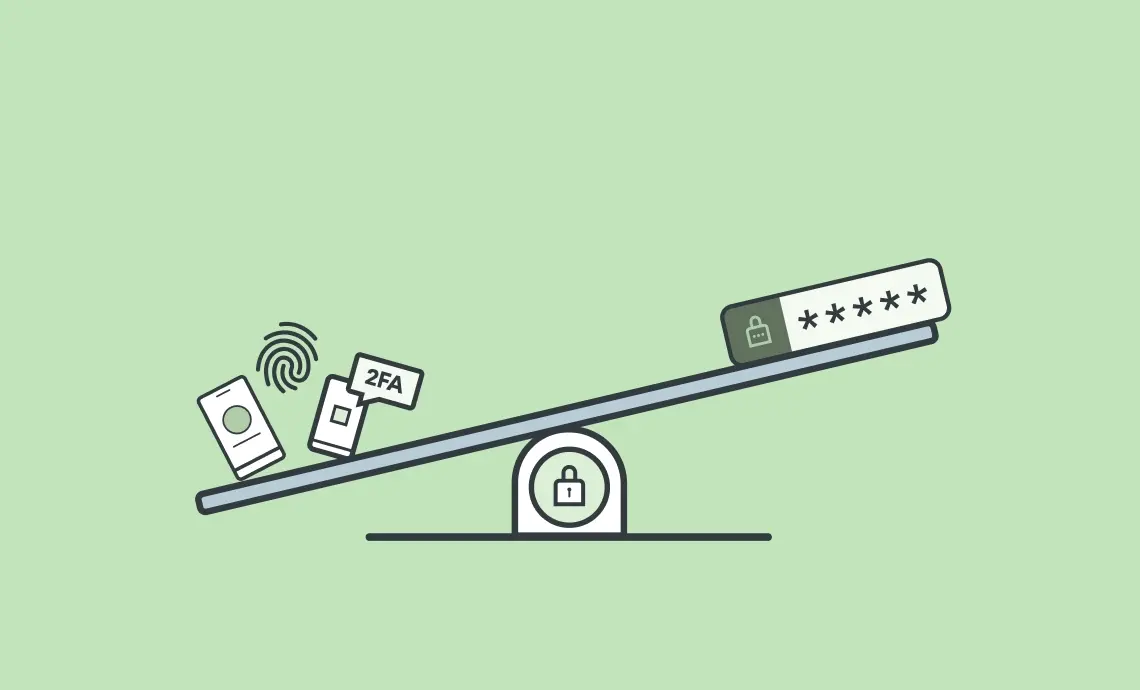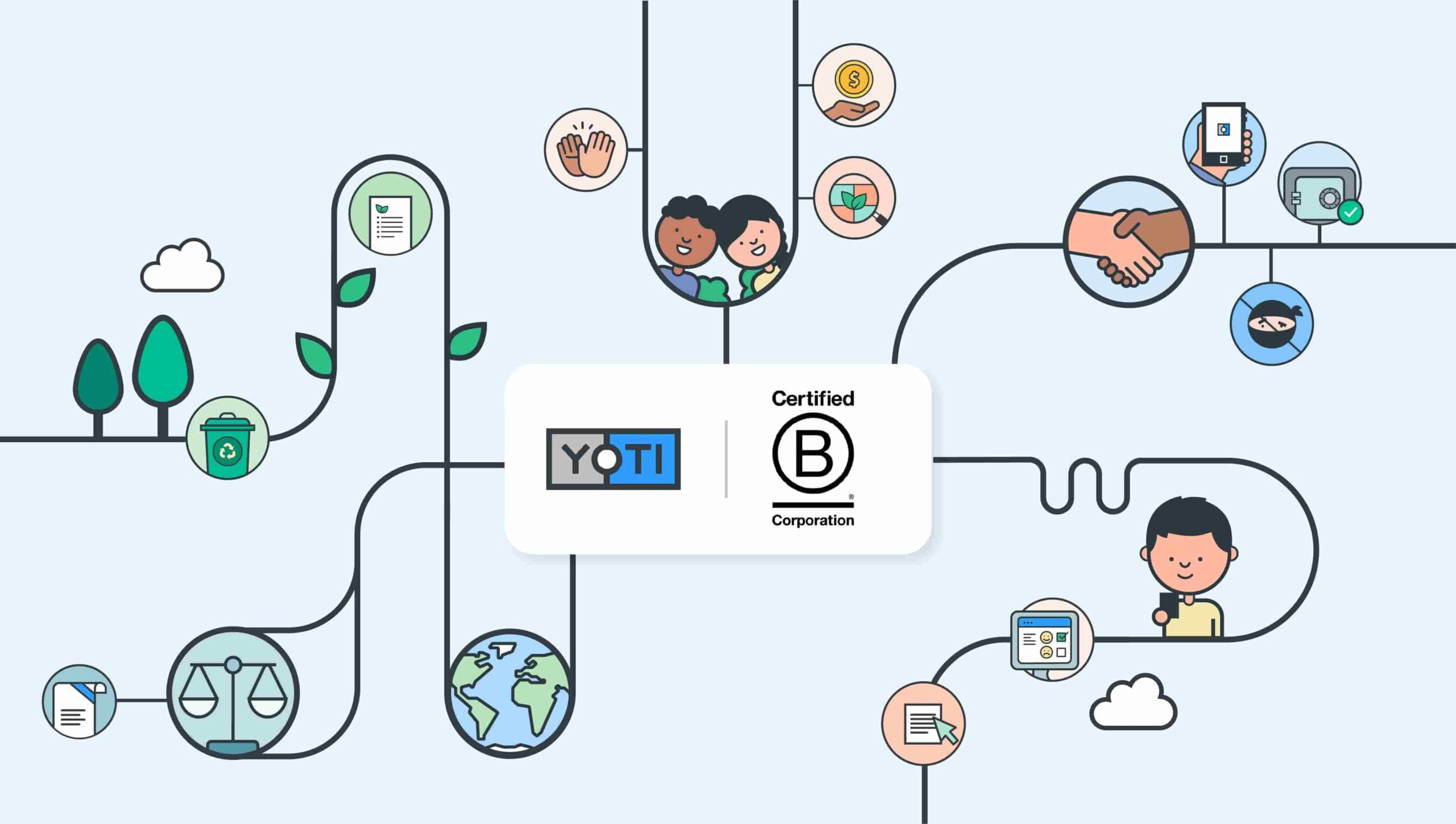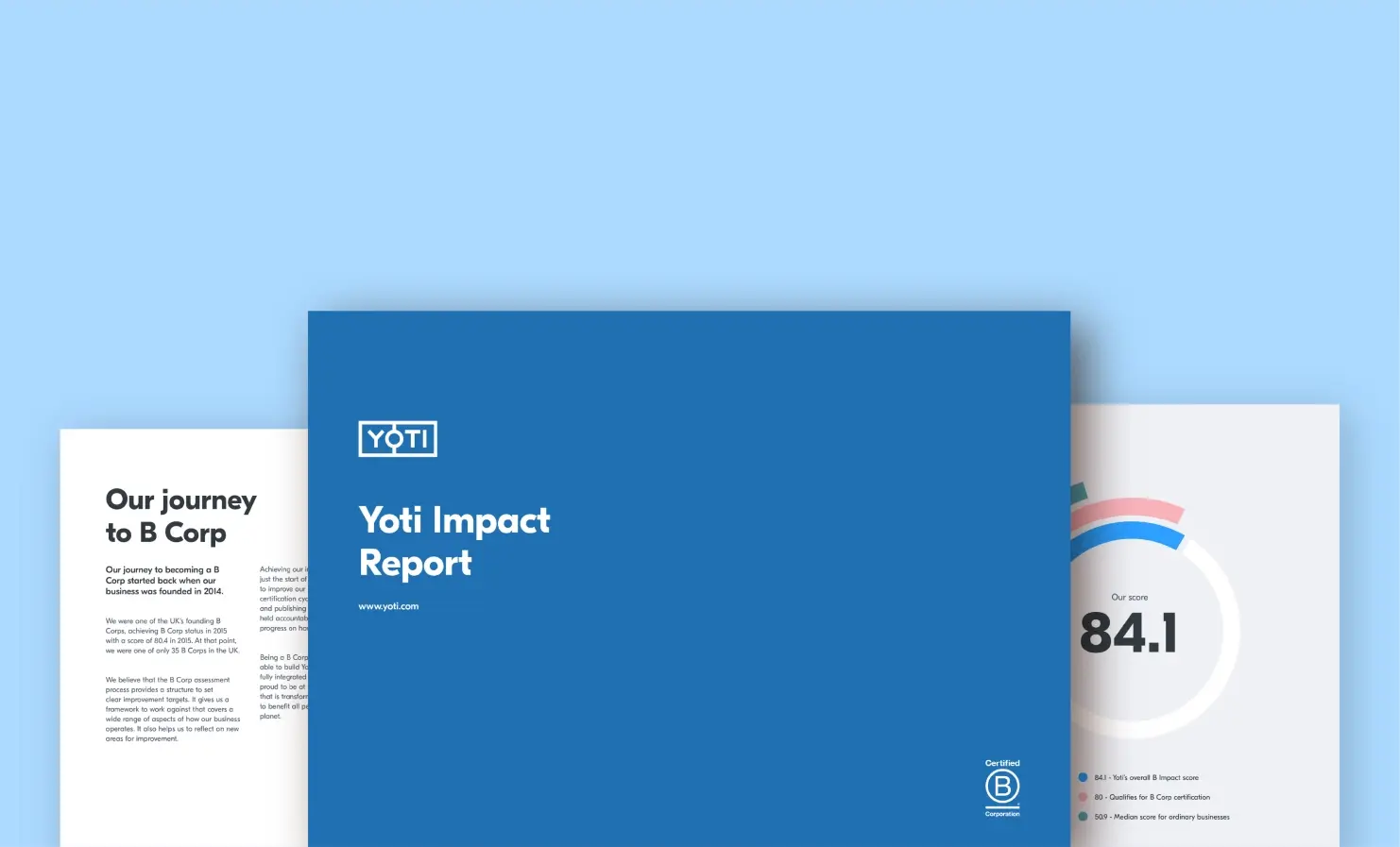Yoti blog
Stories and insights from the world of digital identity
Your everyday digital essential: the Yoti Digital ID app
Think of the Yoti Digital ID like a Swiss Army knife – compact, versatile and ready for just about anything. It’s more than just a way to prove who you are; it’s a powerful, multi-use digital identity that fits in your pocket. Whether you’re proving your age, verifying your identity or securely swapping details with another person, the Yoti app brings everything together in one place. It’s a single, secure app packed with features designed to simplify your life, protect your privacy and give you control over your personal information. Key features Privacy-preserving – share only the details
Yoti excels in Australia’s age assurance benchmarking: A privacy-first approach with high accuracy
London, UK – 31st August 2025 – UK-based digital identity company, Yoti, has today been recognised as one of the leading providers in Australia’s national Age Assurance Technology Trial (AATT) benchmarking, demonstrating exceptional performance in privacy, usability and accuracy for both age verification and age estimation. The independent evaluation highlights Yoti’s commitment to balancing user privacy with robust assurance, confirming Yoti’s technology as one of the most privacy-forward solutions in the trial. Privacy by design and international standards compliance Yoti’s systems for age verification and age estimation demonstrated accuracy levels suitable for real-world application, meeting the highest Technology
Thoughts from our CEO
In this blog series, our CEO Robin Tombs will be sharing his experience, whilst focusing on major themes, news and issues in the world of identity verification and age assurance. This month, Robin talks about Digital ID app downloads, Yoti becoming an Orchestration Service Provider and NIST ranking our latest facial age estimation model in first place for 13-16 year olds. Insights into Digital ID use following the Online Safety Act From Friday 25th July, the UK’s Online Safety Act required many businesses across the porn, social media, livestreaming, dating and some gaming sectors to perform age checks.
What is synthetic identity fraud? How it works and how to prevent it
What is synthetic identity fraud? Synthetic identities are fake identities, built by combining real and made-up information, earning them the nickname “Frankenstein IDs” due to their pieced-together nature. Synthetic identity fraud is different to traditional identity fraud as it doesn’t involve an obvious, immediate consumer victim. These fake profiles are designed to mimic real customers, often slipping past traditional fraud detection systems because they don’t raise typical red flags. As a result, the primary victims of synthetic identity fraud are businesses and lenders, who bear the financial losses. How synthetic identities are created and used
Identity verification: the facts
It’s becoming increasingly essential to check that users are who they say they are. The rise in cyber attacks, data breaches and online financial crime has pushed companies across multiple industries to adopt more reliable and advanced verification methods. As a result, identity verification has become a crucial part of securing online transactions and interactions. It helps reduce identity theft, protect sensitive data and allows businesses to comply with regulations. We believe people and businesses should make up their own minds about whether they’d like to use our identity verification technology – based on the facts. [vc_btn title=”Read the facts”
Beyond passwords: exploring modern authentication methods for secure login
As online threats grow more sophisticated, the way we authenticate users needs to evolve. This blog explores the modern authentication methods which can support or replace passwords, such as biometrics and verified digital IDs, and how businesses can use them to protect accounts, reduce fraud and build trust with users. What is authentication? Authentication is the process of verifying that someone is who they say they are, typically before granting them access to a service or system. Traditionally, this has involved entering a username and password, something only the user should know. Are passwords enough to keep
Browse by category
Essential reading
Get up to speed on what kind of company we are


